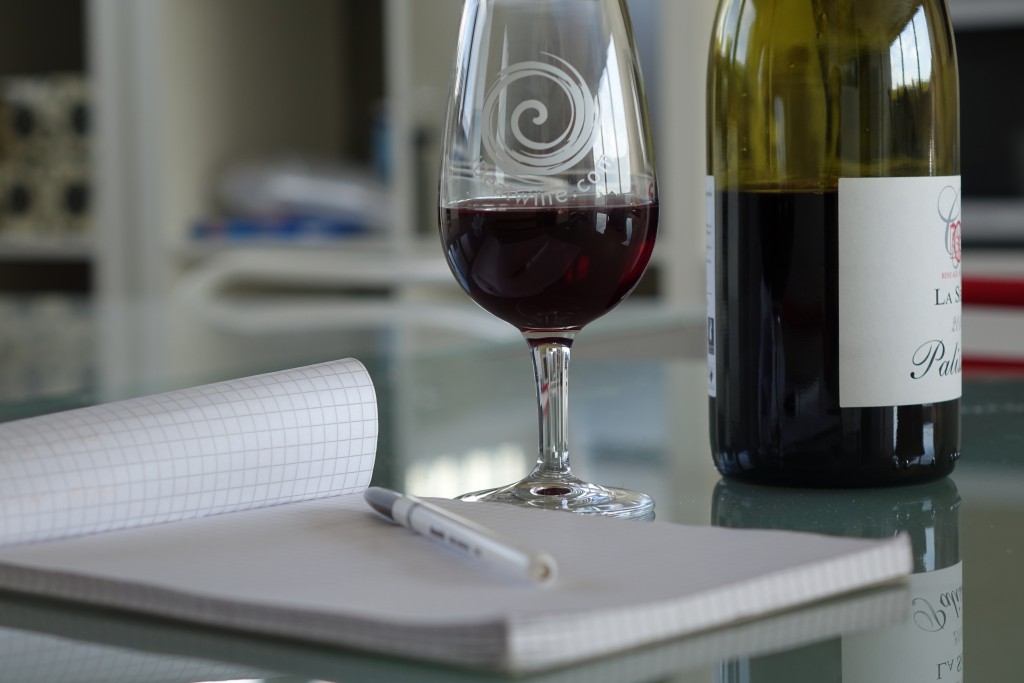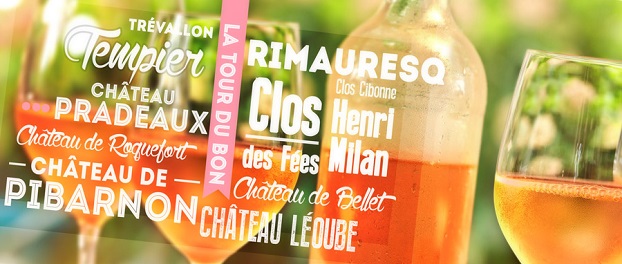More and more wine lovers are picking up the pen to write about their own tasting experiences. And it’s never been so easy to share our thoughts with the wine community! Here are some hints and tips to get you writing.24
1 – Don’t overdo it!
Keeping it simple and brief is the best way to convey your own impression about a wine and to remember it. There’s no need to describe a list of 12 different red berries or draw a diagram of the terroir’s topography to explain the minerality in your glass. The more often you write about wine, the more concise you can be, and the less time you’ll spend trying to put your finger on a precise aroma!
2 – Understand the balance of a wine
A wine is a permanent tension between opposite forces which pull in one direction or the other. We often describe the balance of a wine through 3 main perceptions of our taste buds:
- The sugar: this element describes the mouthfeel and includes both the sugar and alcohol levels in a wine. The wine varies from light, medium to bold and when considered too high, alcoholic.
- Acidity: a capital component of the wine. When too high, we call it “green”. When at a respectable level we say “fresh” or “sharp” and when lacking tension, the wine becomes “flat”. Be careful though, when assessing acidity we’re not talking about chemical acidity (pH) but only the perceived acidity. Nuance is key when describing the balance of a wine. Indeed, the more sugar a wine contains, the less detectable its acidity. Try it yourself with pure lemon juice and see if you can sip it without wincing. Now add sugar to it and see the difference this makes. Only minimal sugar is needed to balance an acidic wine. Conversely, a wine with a high sugar content will require higher acidity not to be considered spineless.
- Tanins (for red wine): this is what dries your palate, the grip or the « tannin grain » of a wine. These are absolutely key to assess the quality of a red wine. Both quantity and structure of the tannins should be described. Tight and silky tannins are opposed to rough, dry and angular tannins. Keep in mind that tanins are perceived differently depending on whether you’re drinking the wine on its own or with a meal.
These 3 points are the most commonly used to comment on red wines but you can add other attributes suchh as the level and style of wood used, the aromatic complexity, bitterness…whatever stands out to you!
3 – The taste and the mouthfeel/texture!
When writing tasting notes, we usually get quite carried away with aromas and balance and often undervalue the sense of touch and feel. In a red wine you’ll perceive the tanins but it is important to evaluate the texture and mouthfeel of all types of wine. The fullness of a white wine will tell you a lot about it and is a key part of your wine assessment. A wine might be full and rich, or light and silky. Think about how it finishes in the mouth as well – does it have a persistent flavour and texture that stay on the palate for a while?
4 – Don’t forget about the context
It is not always easy to taste a wine in perfect tasting conditions unless you are a wine professional. So you might want to take the tasting environment into account in your notes. Indeed a wine will taste differently depending on your mood, on the condition of the bottle itself, room temperature, surrounding smells, and whether it’s served with food or not… for example, a wine tasted slightly too warm will be perceived as more alcoholic. A wine that didn’t have enough time to breathe will give the impression of being more tannic etc. So don’t hesitate in your notes to compare the wine with similar wines that you have tasted before and note the conditions it was tasted in.
5 – Don’t forget your taste!
When working hard on pulling a wine apart, describing every single step of your tasting, you sometimes start losing the soul of the wine itself, focusing too much on the description. Don’t lose sight of expressing your personal appreciation and opinion! It is a shame when tasting notes don’t reflect the wine lover’s actual tastes. Don’t be afraid to tell it like it is!
6 –and finally!
Once you have the basics, bring in your own style: poets, sharpen your pencils! The best tasting notes are those that have their own sense of writerly flair. This should make the process even more enjoyable, and perhaps others will be keen on reading what you’ve written!
We all have our own style when writing tasting notes and what’s important is to make them yours – they should give you a good base as you build your knowledge of wine. Don’t get too hung up on what you ‘should’ like – figure it out for yourself and enjoy your tasting!




